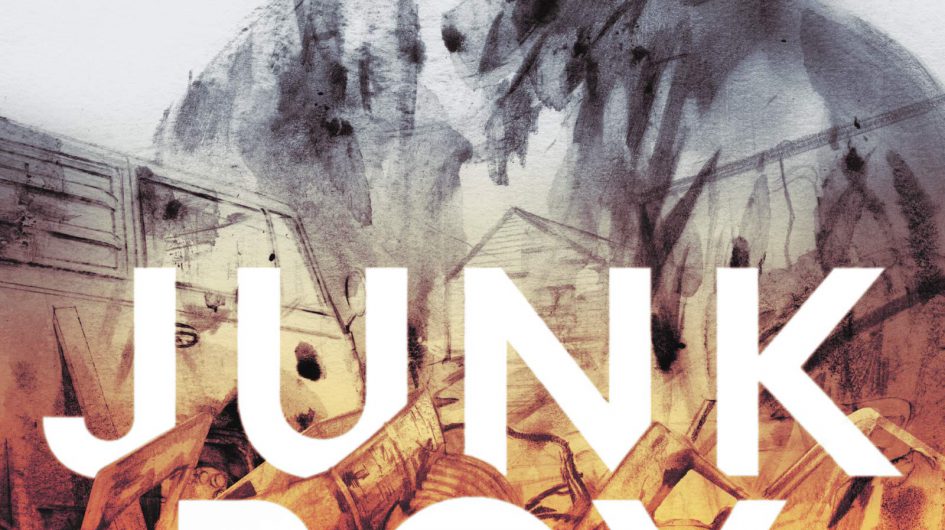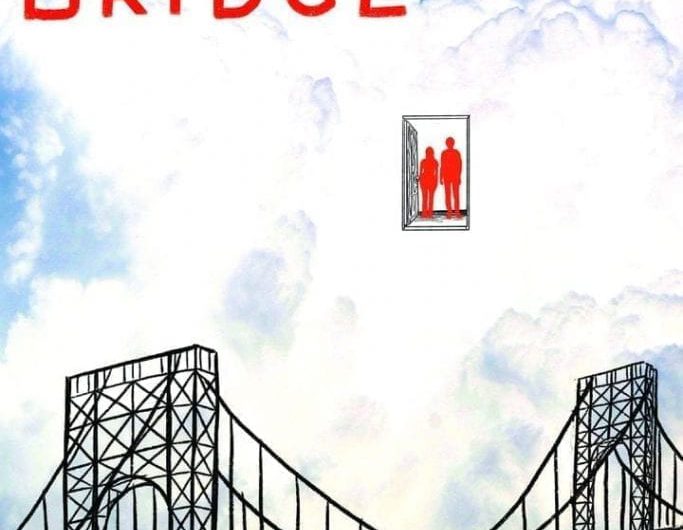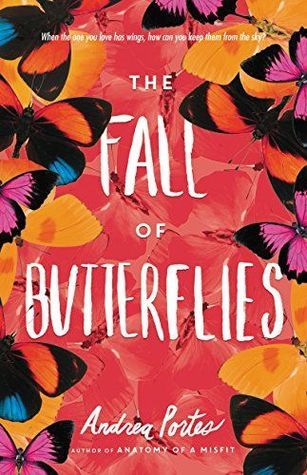Junk Boy by Tony Abbott
Robert Lang (aka Bobby) lives in a green house in the junkyard at the dark end of a godless trail amidst trees so thick “the sun gets stuck in the branches” (9). Because the junk molders around him and because young people are often cruel, his peers nickname him Junk; his dad, Jimmy, calls him Slug. Bobby feels inadequate to meet the demands of the world in which he finds himself, one where his father is a drunk and lives with a limp, his mother abandons him a year after his birth, and he appears lost, empty, and friendless. At fifteen, Bobby is short, somewhatRead More →



